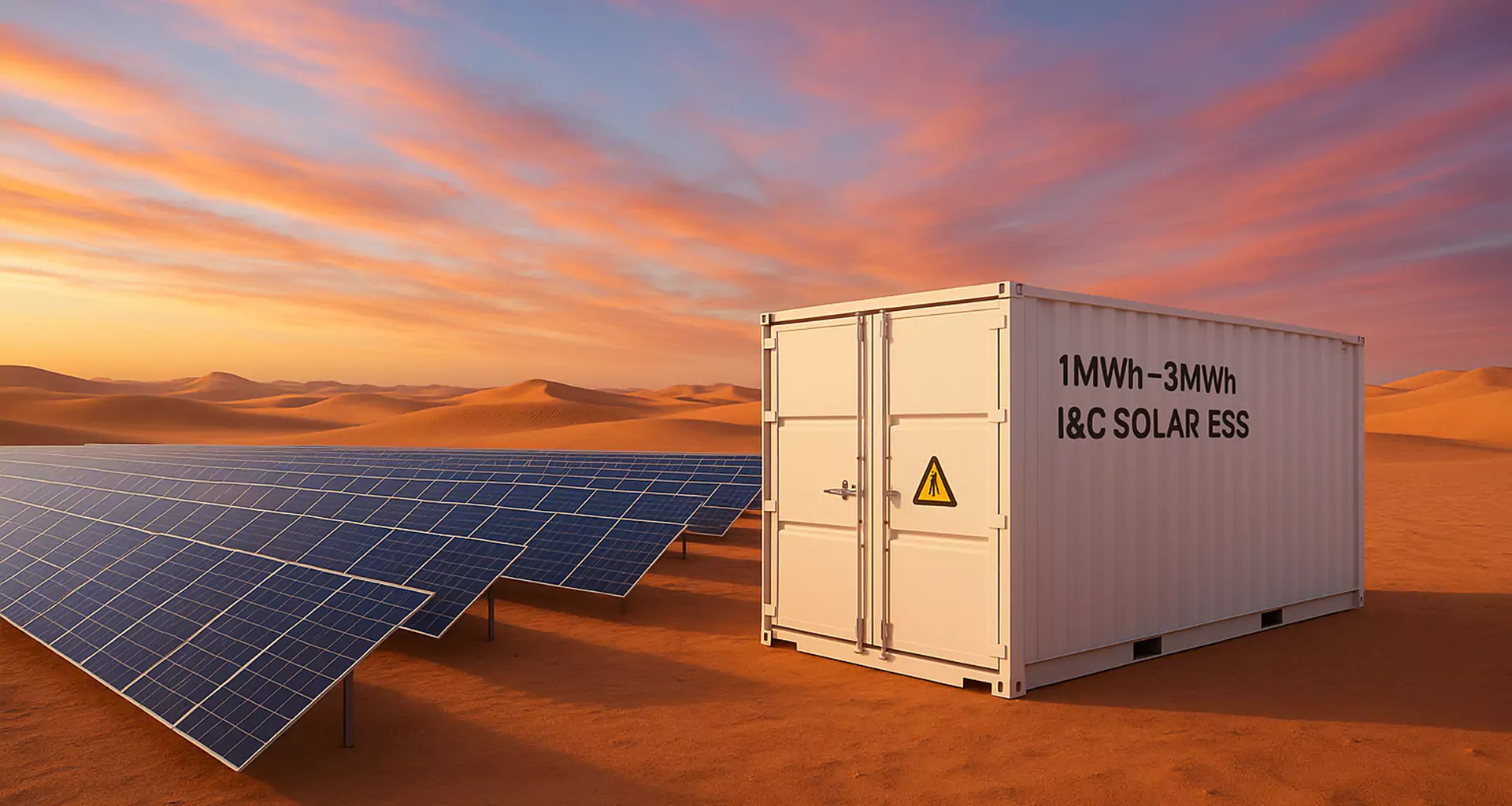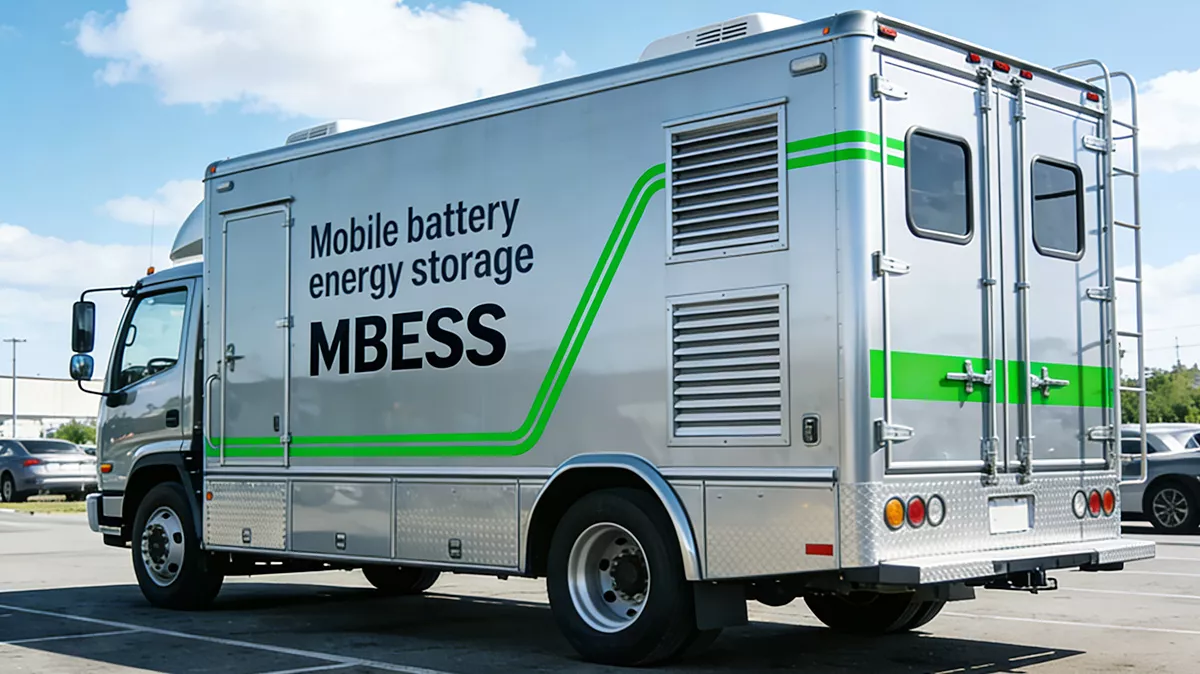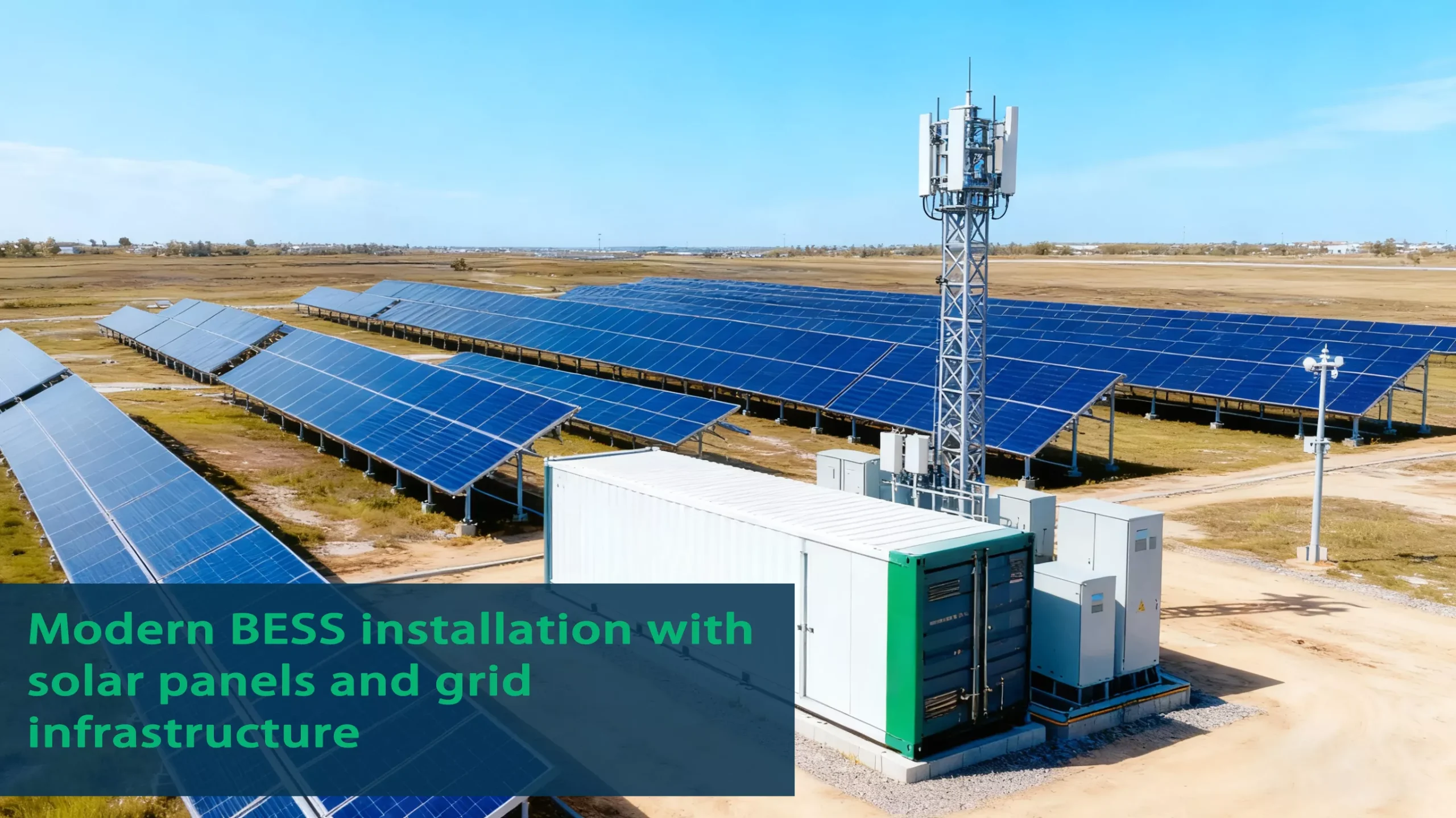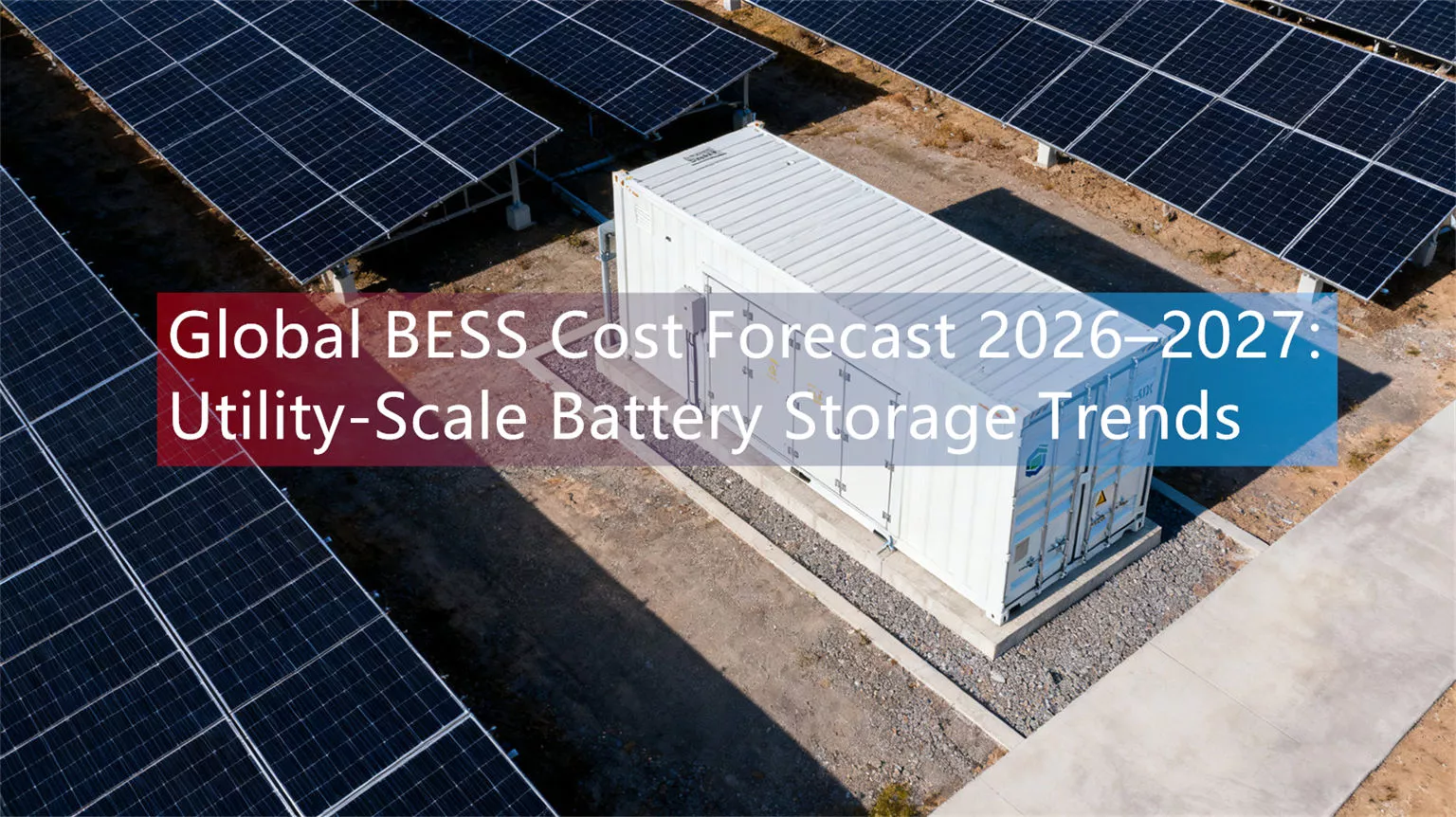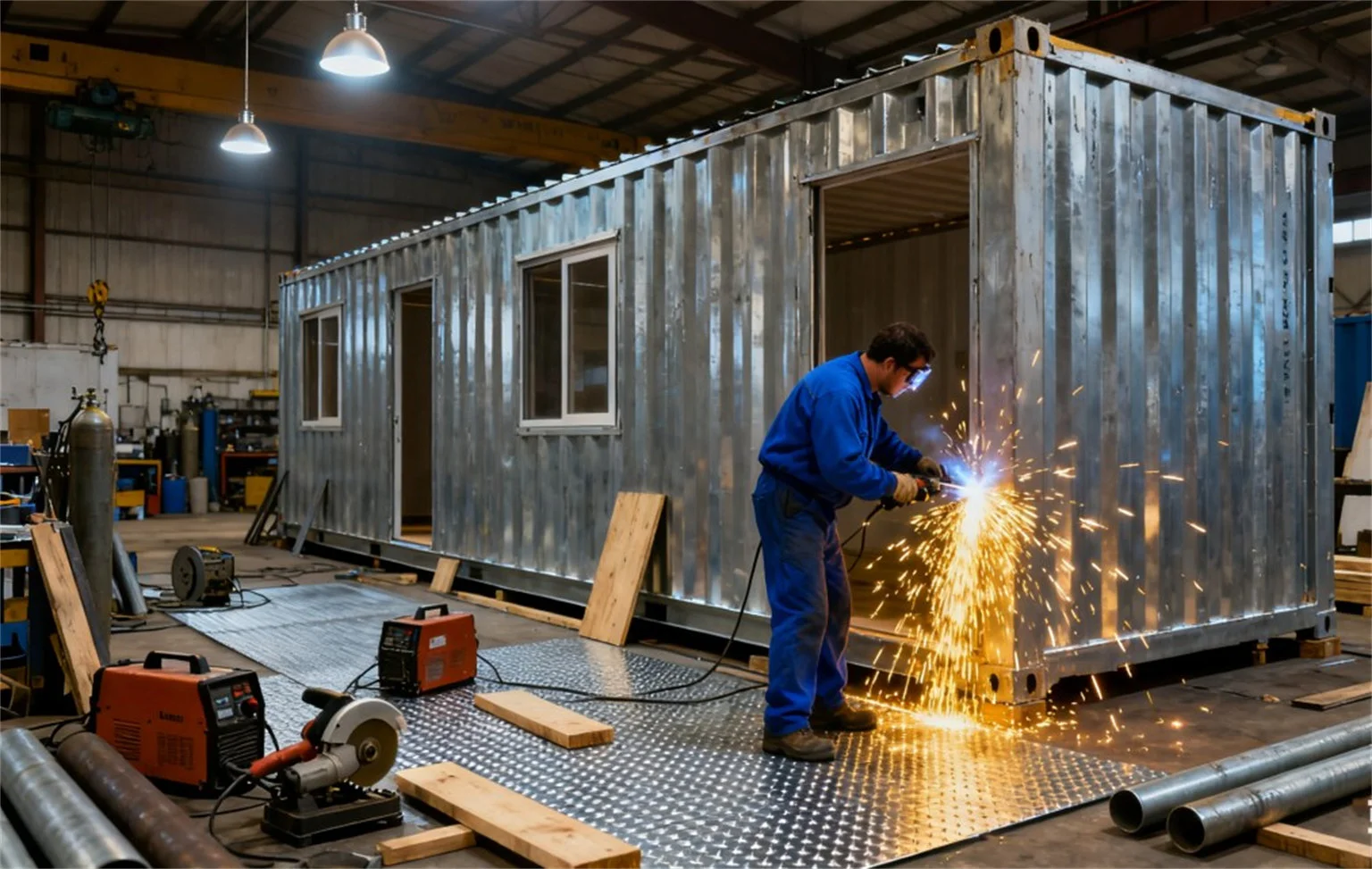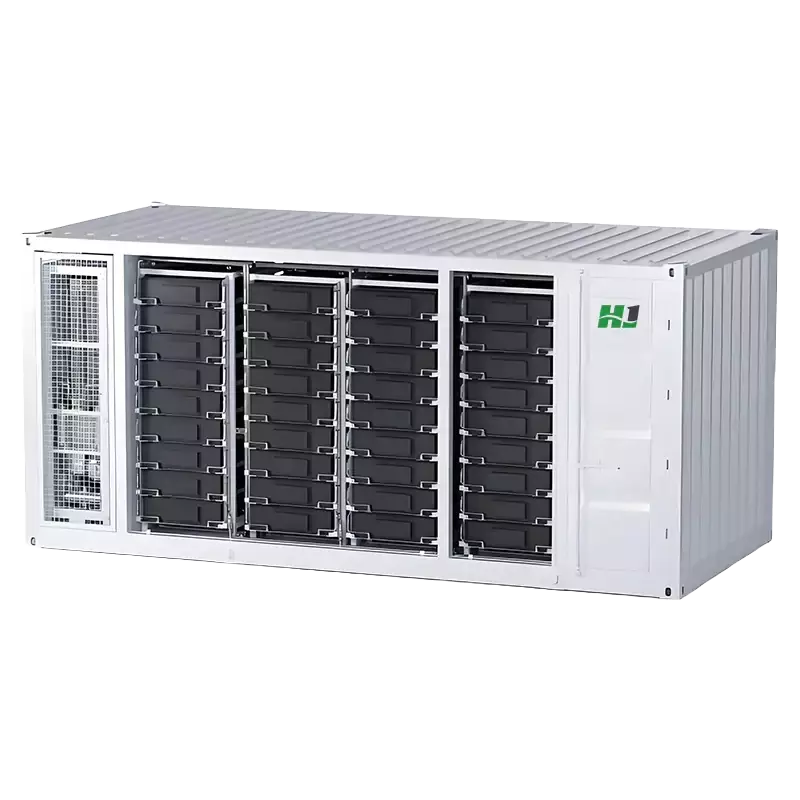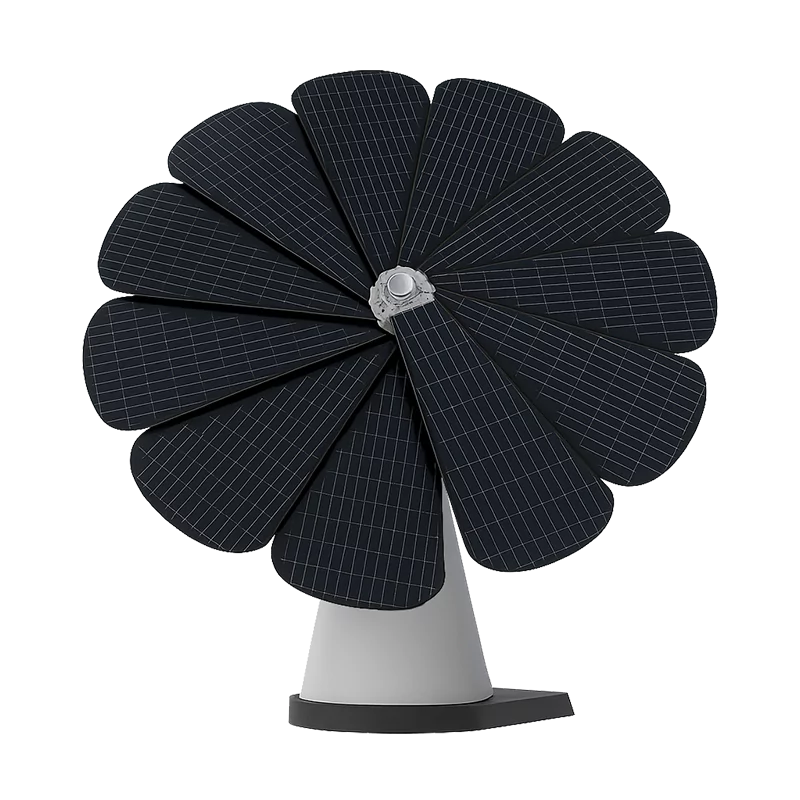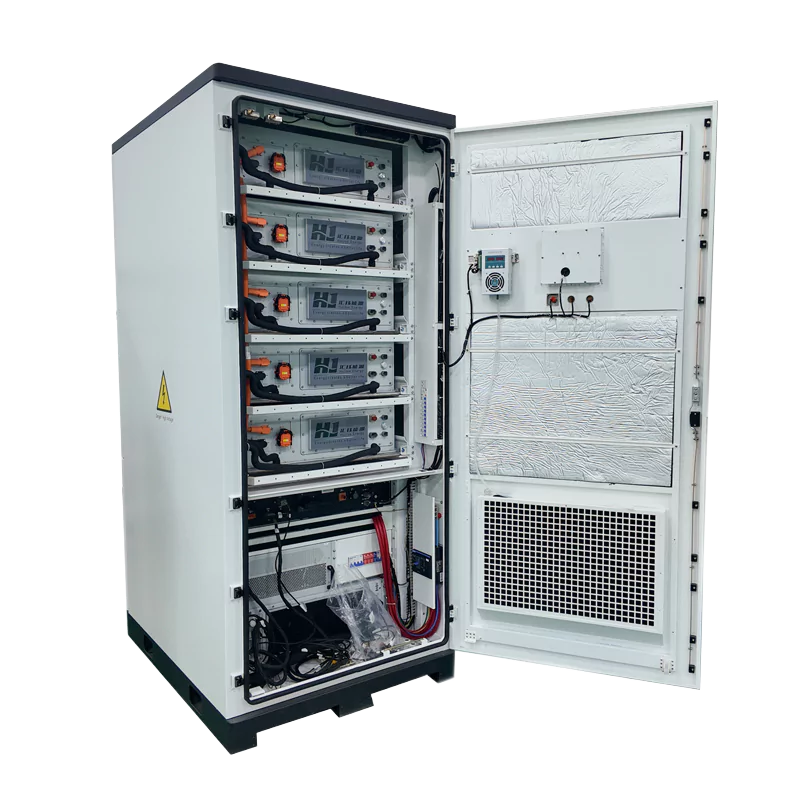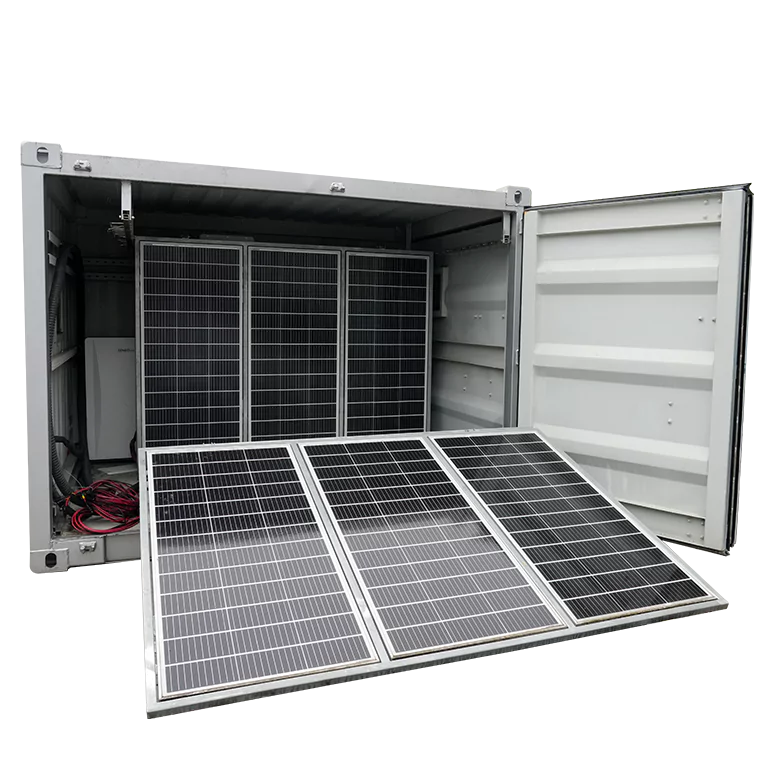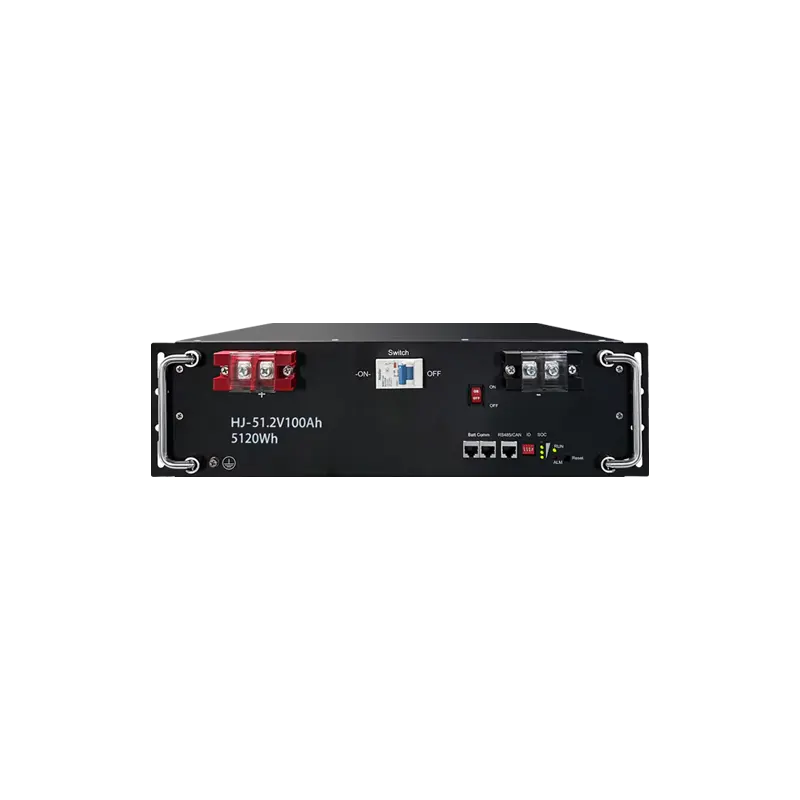Microgrid Energy Storage Containers: Modular Solutions for Reliable Off-Grid Power
Why Microgrid Energy Storage Containers Are Vital to the Future of Energy
Microgrid energy storage containers are at the core of modern off-grid solutions, offering a compact, efficient, and scalable way to manage and store energy. From powering a Texas ranch to providing emergency relief after a flood in Bangladesh, these systems are vital in a variety of application scenarios.
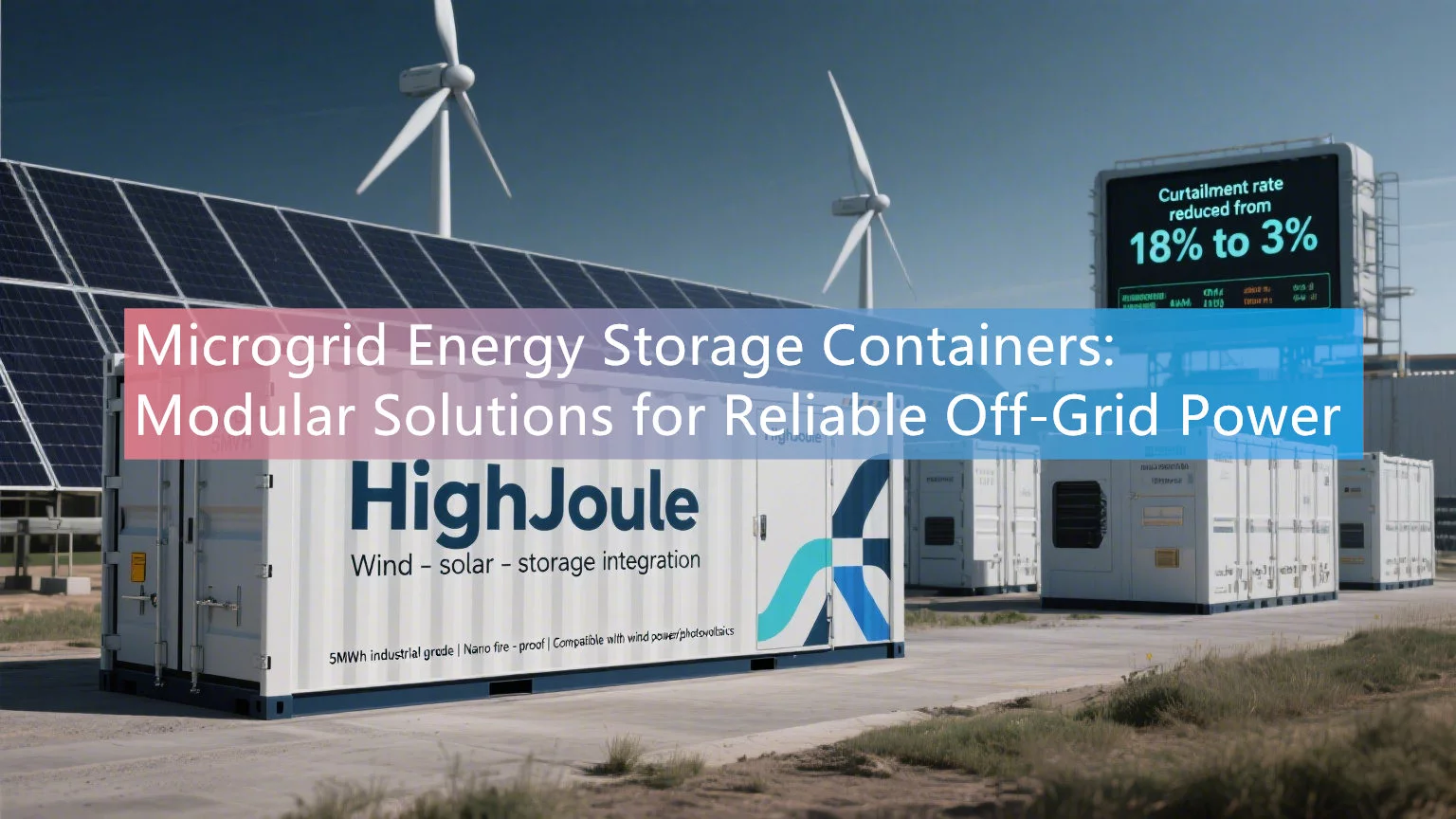
Actual Case:
In 2024, Texas rancher John installed two HighJoule 20-foot microgrid energy storage containers with a total capacity of 430kWh. After experiencing multiple grid outages, the system provides 80% of the ranch’s energy needs and saves $12,000 per year by participating in grid demand response. More than 500 similar projects around the world show that these systems are becoming a core component of off-grid energy.
Industry challenges faced by traditional solutions:
- Transportation issues: Large, heavy energy storage systems usually require dedicated transportation vehicles, resulting in high logistics costs. A Southeast Asian island project added an additional 18% to the cost due to overweight problems (Source: DNV 2025 report).
- Installation delays: The deployment of the energy storage system in an African mine was delayed by 6 months due to the inability of cranes to enter the site, resulting in losses of more than $500,000.
- Insufficient flexibility: Traditional fixed energy storage systems are difficult to meet the diverse needs of remote villages, construction sites, or disaster areas.
HighJoule’s Revolutionary Solution: Modular, Scalable and Cost-effective
HighJoule’s microgrid energy storage containers provide innovative, flexible, and efficient solutions. Whether you need 430kWh of emergency power or a 5MWh industrial-grade system, HighJoule’s products cover the full range of energy storage needs.
Product specifications and technological innovations
| Product model | Capacity | Dimensions (L×W×H) | Core technology | Application scenarios |
|---|---|---|---|---|
| HJ40GP-M-140K215 | 430kWh | 40-foot high cube (foldable) | Liquid cooling + cluster management | Emergency rescue, island microgrid |
| HJ-G0-5000L | 5MWh | 20-foot standard (liquid cooling) | Nano fireproof shell | Industrial park, wind, solar and storage integrated project |
| Foldable photovoltaic energy storage container | 140-215kWh | 20 feet (compressed to one-third of the volume) | Rapid deployment (installed in 2 hours) | Temporary construction sites, remote villages |
Real Case:
After a devastating earthquake in Turkey in 2023, Samsung SDI, VARTA and other companies deployed mobile energy storage systems to provide emergency power to hospitals, shelters and rescue teams, helping to support post-disaster recovery efforts and reduce reliance on traditional generators.
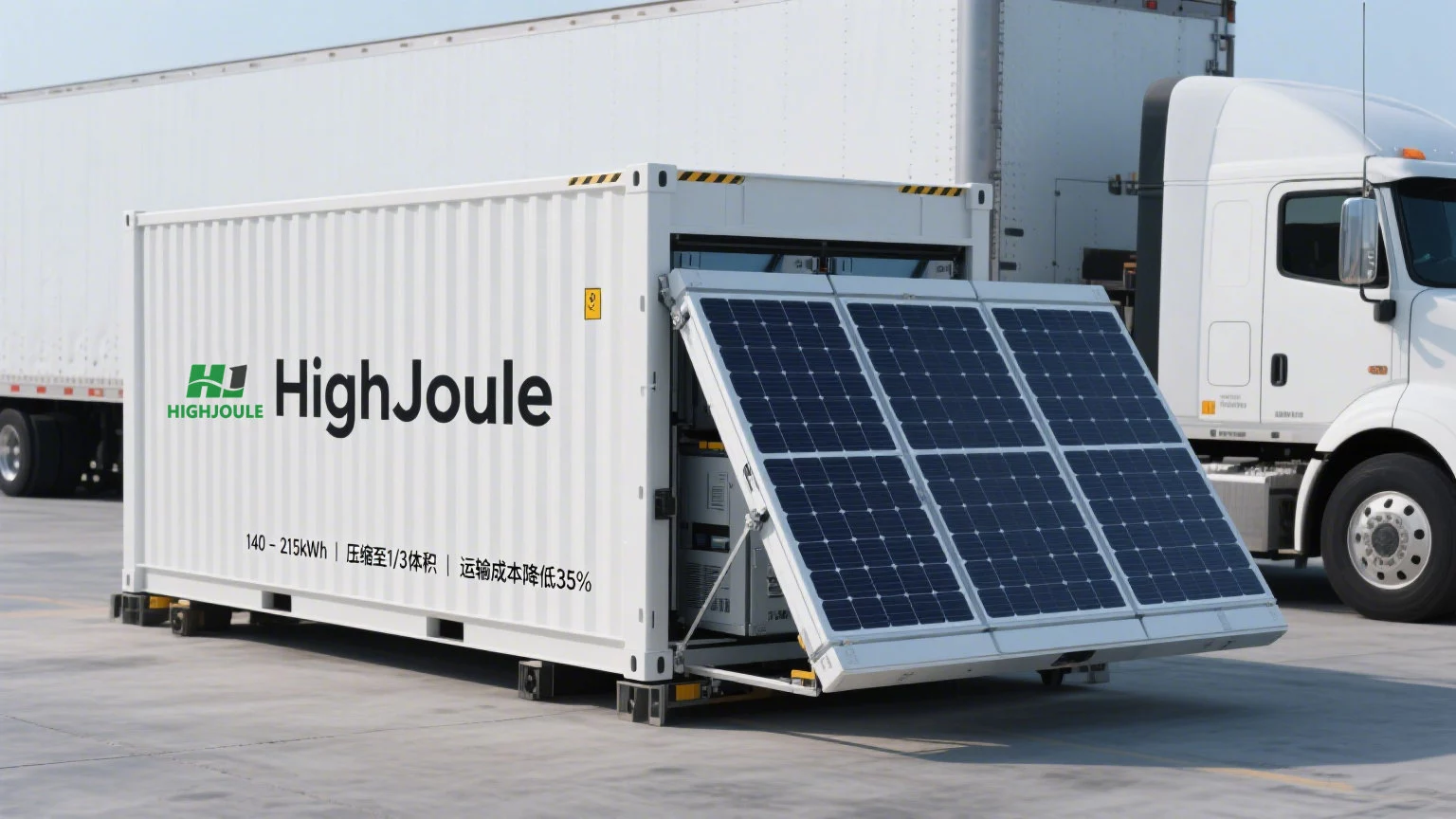
Cost-effectiveness: Lower transportation and maintenance costs
Transportation savings: Foldable models (width <1 meter) fit into standard containers, reducing transportation costs by up to 35%. Logistics costs for a project in Vietnam were reduced from $8,000 to $5,200 per unit.
Quick installation: HighJoule containers can be deployed in 3 hours with only a 10-ton forklift. For example, the Mexico City Photovoltaic Energy Storage Charging Project (2024) reduced the installation time of a single unit from 8 hours to 2.5 hours.
Extended service life: Liquid-cooled models provide 10,000 charge and discharge cycles (80% DoD), 35% more cycles than traditional air-cooled systems.
Application Scenario: How Microgrid Energy Storage Containers Save Costs and Improve Resilience
Electricity price arbitrage: the first choice for industrial and commercial users
An electronics factory in Brazil is equipped with two 5MWh containers, saving $450,000 per year through the peak-valley electricity price difference (peak: $0.17/kWh, valley electricity: $0.04/kWh). Real-time energy management (EMS) optimizes the charging and discharging process, saving 12% more costs than manual scheduling.
Emergency power supply: lifeline
After the 2022 Ukraine conflict, energy storage containers were deployed to provide 17 days of electricity to three temporary hospitals, continuously supporting 100 ventilators and 500 lights. With an IP67 waterproof rating, these containers operated stably in heavy rains (project: humanitarian aid).
Renewable energy integration: wind, solar and storage integration
A photovoltaic power station in Qinghai, China has increased its energy storage capacity by 10% (2-hour capacity), reducing the wind curtailment rate from 18% to 3%. This optimization brings an additional income of US$2 million per year to the power station, while the diesel generator ensures stable operation of the system in the cold winter (-30°C) (Source: China Qinghai New Energy Bureau 2024 Annual Report).
Mobile microgrid: temporary power rescue
During the 2025 Glastonbury Festival in the UK, foldable energy storage containers provided electricity for the event, saving 60% of electricity costs compared to diesel generators and reducing 85 tons of carbon emissions. The system supports both grid-connected and off-grid modes, with one-click switching.

Key Considerations When Choosing Microgrid Energy Storage Containers
- Dimensional compliance: Make sure the dimensions of the container meet local transportation regulations. The EU road width limit is 2.55 meters; choosing a foldable model can avoid over-limit fines.
- Certification: Make sure the system complies with international standards such as IEC 62619 (battery safety) and ISO 14409 (container standards).
- Lifecycle costs: A customer once chose a low-cost alternative, but due to frequent failures, the total maintenance cost after 3 years was 22% higher than the HighJoule solution.
After-Sales Service at HighJoule: Global Support and 10-Year Warranty
HighJoule provides comprehensive after-sales support through 12 global spare parts centers, ensuring fast delivery even in remote areas. In 2025, for example, a replacement module for a copper mine project in Chile was delivered within 24 hours.
Remote maintenance: The HJ-IEMS system monitors more than 3,000 containers worldwide in real time, with a 98% accuracy rate for fault warning.
Industry-leading warranty: HighJoule offers a 10-year warranty, and in some cases, customers can still enjoy free maintenance after 8 years of use.
Conclusion:
The future of energy storage is modular, scalable, and flexible. Microgrid energy storage containers are transforming energy storage from a niche solution to a mainstream, scalable, and cost-effective option. As more industries, communities, and governments turn to renewable energy and off-grid solutions, microgrid energy storage containers will play an important role in the future energy landscape. Whether it is emergency power, renewable energy integration, or mobile applications, these systems will play a key role in the future of sustainable energy.
Find Your Solar + Battery Storage Specialist Now!
* Fill out this form and our experts will help you find the perfect solar storage solution for your home or business.


